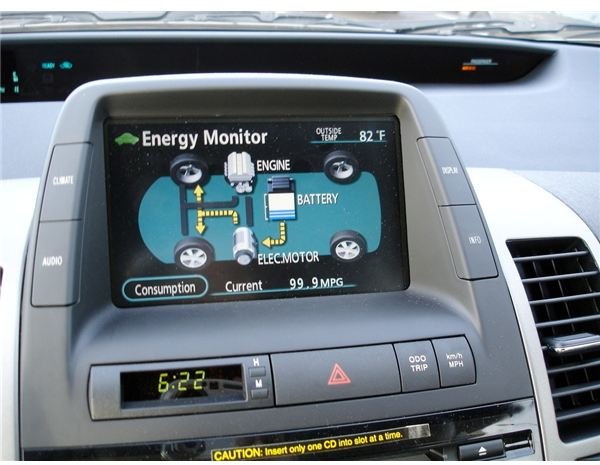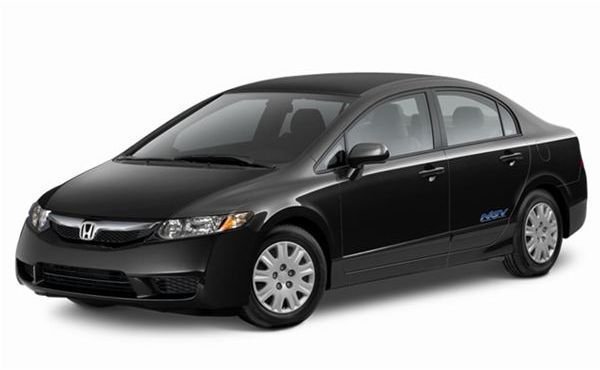Natural Gas Conversion Kits and the Kawasaki Natural Gas Engine - How They Work
Gasoline Engines Converted to NG?
The use of Compressed Natural Gas (CNG or simply NG), is a clean and cheap solution for domestic use. Although it is widely available for residential use, the case with natural gas vehicles (NGV) is completely different, at least as far as the United States are concerned. The advantages of natural gas (NG) as a vehicle fuel, outnumber the ones of gasoline. Just to name a few, it only costs half the price of gasoline, it is safer because it is less likely to cause an explosion or fire after an accident, and engines are less prone to wear. Honda is currently the only manufacturer supplying the US with NGVs, so a good option would be to convert older vehicles with the aid of natural gas conversion kits.
CNG conversion should be done by qualified technicians and with the use of approved conversion kits. As far as the US is concerned, the US Environmental Protection Agency (EPA) has rules and standards concerning these conversion systems and the installation of non-certified systems (available on the Internet and some automotive shops) is considered to be a federal violation. Apart from that, the installation of such systems by non-qualified installers may compromise the safety and vehicle performance.
Another factor to consider is the limited number of refueling stations, although there are available options discussed in more detail below.
The conversion itself may cost from $10,000 to $22,500 depending on the engine and the technician, but mostly on the size and number of CNG tanks. The cost is considerably high but it can be offset by fuel savings, rebates, tax credits and other state incentives.
Case Study: Kawasaki’ s Natural Gas Engine
Kawasaki engineers managed to develop a high efficiency NG fueled reciprocating engine with a series of desirable characteristics. The power of the kawasaki natural gas engine is in the range of 5.0 to 7.8 MW, 48.5% electrical efficiency and 0.7 g/kWh of NOx emissions. The overall efficiency this engine produces is 85.3% in contrast to the maximum of 60% for a conventional gasoline engine.
How did they make it? The breakthrough in the development of this machine lies in a combination of various design changes that limit any wasted thermal energy. These improvements have to do with the engine construction, the ignition system, the method of gas supply, and the control system. More specifically:
- The large stroke/bore ratio of the engine allows an increase in piston speed and therefore, a higher thermal efficiency and lower NOx emissions.
- The improvements in the ignition system that rely on a electric spark rather than a liquid fuel.
- The gas supply depends on an electronically controlled injection system that improves timing and efficiency in the combustion and pre-combustion chambers.
- The last element of the design improvement has to do with the development of another control system that monitors the cylinder pressure, timing and fuel injection in each cylinder. This has the advantage of higher exhaust energy and efficiency_,_ making the Kawasaki natural gas engine highly competitive to the conventional engines.
Market Potential
Although NG is much cheaper than gasoline, vehicles that use it as a fuel are not very popular. One of the major reasons is the lack of an adequate number of NG refueling stations (only around 800 stations available in the United States currently), making long distance travel for cars and light trucks very difficult. The situation however could improve and a number of companies have recently undertaken the task to build such stations and supply fleets with significantly lower costs than gasoline. Another option is the use of a refueling appliance connected to the home’s supply.

Although the refilling may take up to 16 hours, it would be a convenient and cheap solution for any consumer (rates of $1.25 to $1.50 per gallon). Honda is currently offering such an appliance. Other measures to promote the market of natural gas vehicles would be the decrease in their price (the Honda Civic GX costs about $7,000 more than the conventional model) and further decrease in taxes. Any of these options might convinvce some “green” Americans to purchase a natural gas conversion kit or maybe even invest in a car fitted with the kawasaki natural gas engine.
References
- “Kawasaki Unveils World’s Most Efficient Natural Gas Engine” by findarticles.com
- “Convert Your Vehicle to Compressed Natural Gas - SAFELY” by cleanvehicle.org
- “Can You Convert to Natural Gas?” by greencar.com
- “5 Natural Gas Car Facts” by greencar.com
Image Credits:
- The Dashboard of a Hybrid Vehicle - Gas and Electric Motor- the Toyota Prius by photo by It’s Our City on Flickr
- Honda Civic GX 2011 with Natural Gas Engine by HONDA
